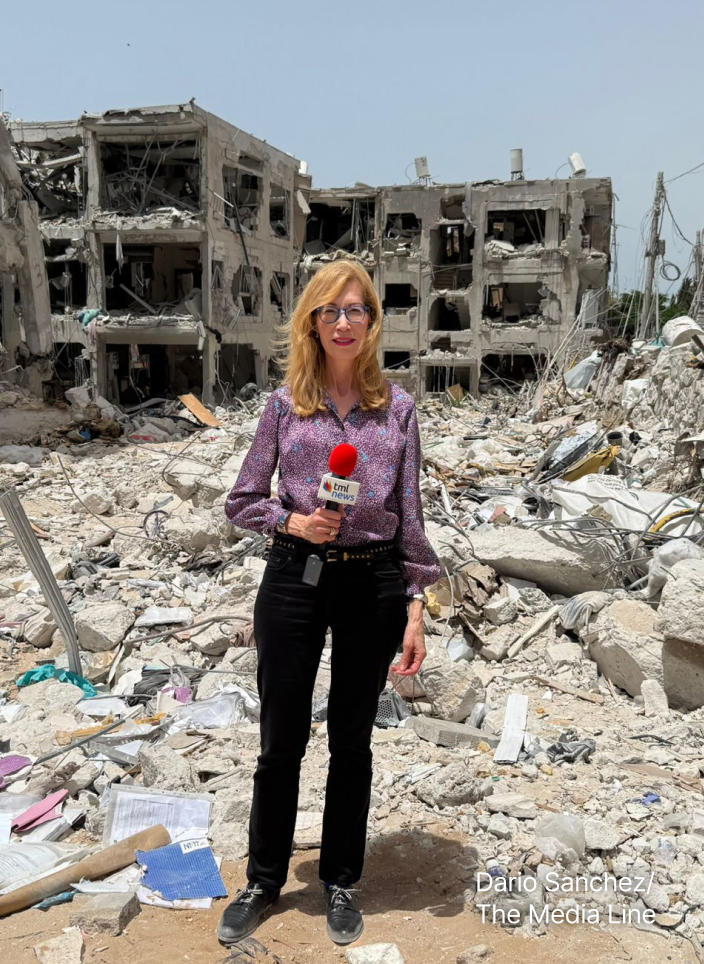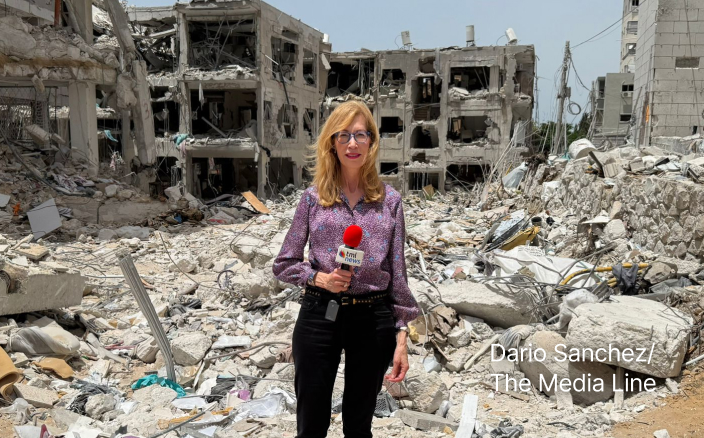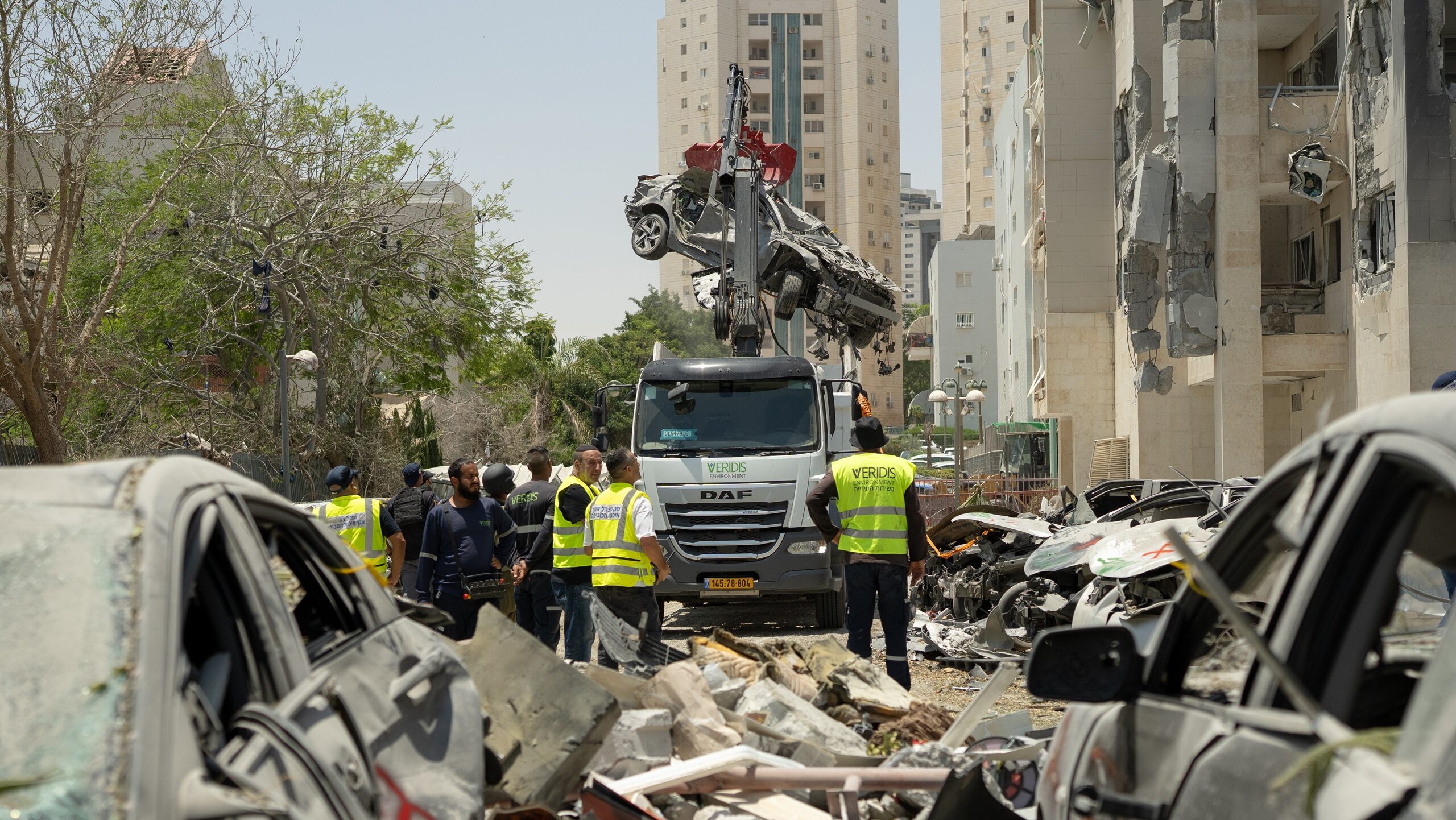Israel Claims Victory in 12-Day War as Cautious Optimism Hangs by a Thread
On the 12th day of the most direct and devastating clash between Iran and Israel in modern history, a tentative ceasefire brokered by US President Donald Trump has taken effect. The missile launchers and aircraft may have gone quiet—for now—but the dust has hardly settled. Israel is claiming victory, citing the dismantling of key elements of Iran’s nuclear and military infrastructure. Iran, bloodied but unbroken, insists it was never defeated. For everyone else watching from the region and beyond, the real question is: What comes next?
The ceasefire, announced by President Trump on Tuesday morning, capped nearly two weeks of high-intensity warfare that pushed the Middle East to the brink of a far broader conflagration. The American president, in his typical all-caps flourish, declared on Truth Social: “THE CEASEFIRE IS NOW IN EFFECT. PLEASE DO NOT VIOLATE IT!”
According to Israeli officials, Operation Rising Lion achieved its primary objectives. Israeli airstrikes, supported by American forces, targeted the core of Iran’s nuclear program. Facilities in Natanz and Isfahan were hit, and the skies above Fordo rumbled with bunker-busting bombs. The fortified underground site was severely damaged, with its main access tunnels collapsed and key infrastructure believed to be compromised. In the chaos, at least nine senior nuclear scientists were killed, along with several top-ranking commanders in the Islamic Revolutionary Guard Corps. Tehran’s air defense network—built over decades with Russian support—was left in tatters.
Israel’s leaders wasted no time claiming success. Prime Minister Benjamin Netanyahu said the country had removed a “dual existential threat”—referring to Iran’s nuclear and ballistic missile capabilities—and now held temporary air superiority over Iranian skies. A statement from the Prime Minister’s Office confirmed that dozens of Iranian military targets were destroyed and another senior nuclear scientist had been assassinated, though his name was not released.
Give the gift of hope
We practice what we preach:
accurate, fearless journalism. But we can't do it alone.
- On the ground in Gaza, Syria, Israel, Egypt, Pakistan, and more
- Our program trained more than 100 journalists
- Calling out fake news and reporting real facts
- On the ground in Gaza, Syria, Israel, Egypt, Pakistan, and more
- Our program trained more than 100 journalists
- Calling out fake news and reporting real facts
Join us.
Support The Media Line. Save democracy.


Even in victory, the cracks show. While Fordo was heavily damaged, it is unclear how much of Iran’s enrichment capacity has been permanently disabled. Intelligence sources suggest some stockpiles of near-weapons-grade uranium may have been relocated prior to the strikes, and despite the loss of key personnel, elements of Iran’s nuclear infrastructure may still be intact. Israel may have dealt a sharp blow, but it did not eliminate the threat. Regime change was never the stated goal, and in that sense, the Islamic Republic lives to fight, or negotiate, another day.
Tehran, for its part, mounted a fierce response. Hundreds of missiles and drones rained down on Israeli cities, forcing civilians into shelters and straining missile defense systems. In Beersheba, a direct hit on a residential tower killed five people, including a young man in his 20s. Paramedics described scenes of devastation, with one saying, “There was nothing we could do for some of the victims.” Iran claimed responsibility for the strike, labeling it part of Operation True Promise 3. The attack occurred just minutes before the ceasefire took effect.
Despite the ferocity of its retaliation, Iran’s strategic gains were limited. Most of its missiles either fell short or were intercepted. Israeli and US defense systems—Iron Dome, David’s Sling, and Patriot batteries—largely held. Tehran may have demonstrated its reach, but it failed to break Israeli military dominance or deliver a decisive counterblow. Inside Iran, the war left its mark: Images of charred command centers, bombed prisons, and destroyed radar sites flooded Iranian social media, even as the regime tried to project strength.
The fallout extended well beyond the two primary combatants. Airspace across the Gulf was closed for days. The United Arab Emirates and Bahrain went on high alert. In Lebanon, Hezbollah launched token rocket fire—more symbolic than strategic. In Yemen, Houthi drones buzzed toward Eilat, only to be shot down. Oil prices spiked, then stabilized. Diplomats scrambled. Russia, China, Turkey, and the European Union called for calm, while Washington, London, and Paris offered full-throated support for Israel’s right to self-defense.
Meanwhile, the US found itself deeper in the conflict than at any time in recent memory. President Trump’s decision to authorize B-2 stealth bombers to strike Iranian nuclear facilities marked a dramatic escalation. The Pentagon insists the operation was limited to nuclear targets and intended as a one-off. Still, it brought the US directly into a war many had long warned it to avoid. The American president’s team maintains that the message to Tehran was simple: Cross a red line and there will be consequences.
Ironically, it may have been this very escalation that nudged both sides toward a temporary pause. Iran’s Foreign Ministry confirmed its adherence to the ceasefire. Israel stated it would enforce it “forcefully.” Whether this fragile calm holds depends on what comes next in Tehran, Jerusalem, and Washington.
This war, like so many before it, was about red lines. For Israel, it was a last resort against a regime it believes was closing in on nuclear weapons capability. For Iran, it was the culmination of years of sabotage, assassinations, cyberattacks, and now an air campaign deep inside its borders. The ceasefire marks a pause in direct hostilities, but not the end of the larger conflict.
Israel may claim a win. But wars like this don’t end with press conferences or bold declarations. They end when the enemy stops fighting—or stops preparing to. And right now, in both Tehran and Tel Aviv, the war rooms are still full.

